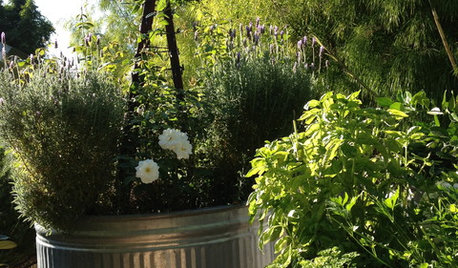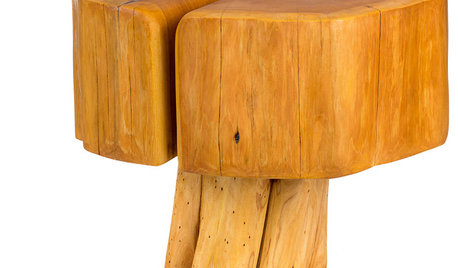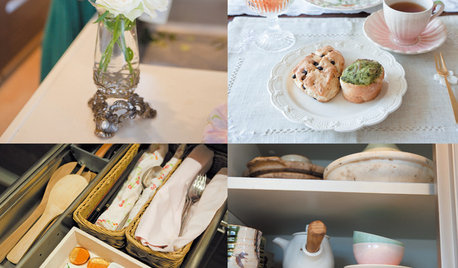How can you tell bad herb seeds from good?
scarletdaisies
13 years ago
Related Stories

CONTAINER GARDENS8 Easy Container Plants to Grow From Seed
Get beautiful blooms and herbs in summer by starting these choice garden picks from seed in spring
Full Story
LIFEThe Polite House: How Can I Tell a Construction Crew to Pipe Down?
If workers around your home are doing things that bother you, there’s a diplomatic way to approach them
Full Story
EDIBLE GARDENSGrow Herbs for Fresh Flavor and Good Looks in the Garden
With sun and a patch of ground, you can have all the fresh flavor you need for cooking right outside your door. Here's how to get started
Full Story
GARDENING GUIDESHow to Plant a New Lawn From Seed
Choose from more grass varieties and save money over sod by starting your lawn from seed
Full Story
PRODUCT PICKSGuest Picks: Beautiful Things You Can Feel Good About Buying
Upcycled, ecofriendly or just made responsibly, these home accessories and furniture pieces will keep your conscience clear
Full Story
ORGANIZING‘Tidying Up’ Author Marie Kondo Tells How to ‘Spark Joy’ at Home
A new book from the author of ‘The Life-Changing Magic of Tidying Up’ delves deeper into her KonMari Method of decluttering and organizing
Full Story
KITCHEN DESIGNHouzz Call: Tell Us About Your First Kitchen
Great or godforsaken? Ragtag or refined? We want to hear about your younger self’s cooking space
Full Story
GARDENING GUIDESSeeds or Seedlings? How to Get Your Garden Started
Growing delicious herbs and vegetables starts with knowing your goals and when you want to plant
Full Story
FUN HOUZZHouzz Call: Tell Us About Your Dream House
Let your home fantasy loose — the sky's the limit, and we want to hear all about it
Full StoryMore Discussions











fatamorgana2121
scarletdaisiesOriginal Author
Related Professionals
Cary Landscape Architects & Landscape Designers · Forest Acres Landscape Architects & Landscape Designers · Glassmanor Landscape Architects & Landscape Designers · Glen Ellyn Landscape Architects & Landscape Designers · Springfield Landscape Contractors · Battle Ground Landscape Contractors · Cupertino Landscape Contractors · Hayden Landscape Contractors · Holland Landscape Contractors · La Vista Landscape Contractors · Sun Valley Landscape Contractors · Albany Roofing & Gutters · Beaufort Roofing & Gutters · Roswell Roofing & Gutters · Ahwatukee Roofing & Guttersmaifleur01
fatamorgana2121
scarletdaisiesOriginal Author
maifleur01
fatamorgana2121
scarletdaisiesOriginal Author
maifleur01